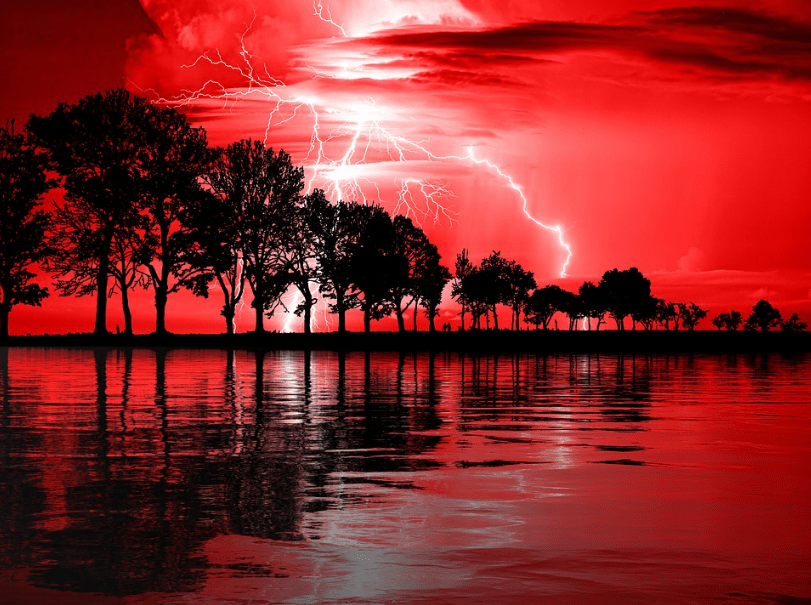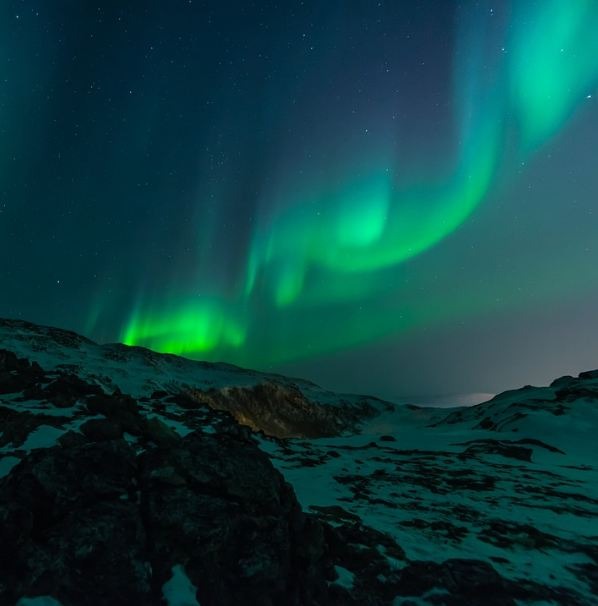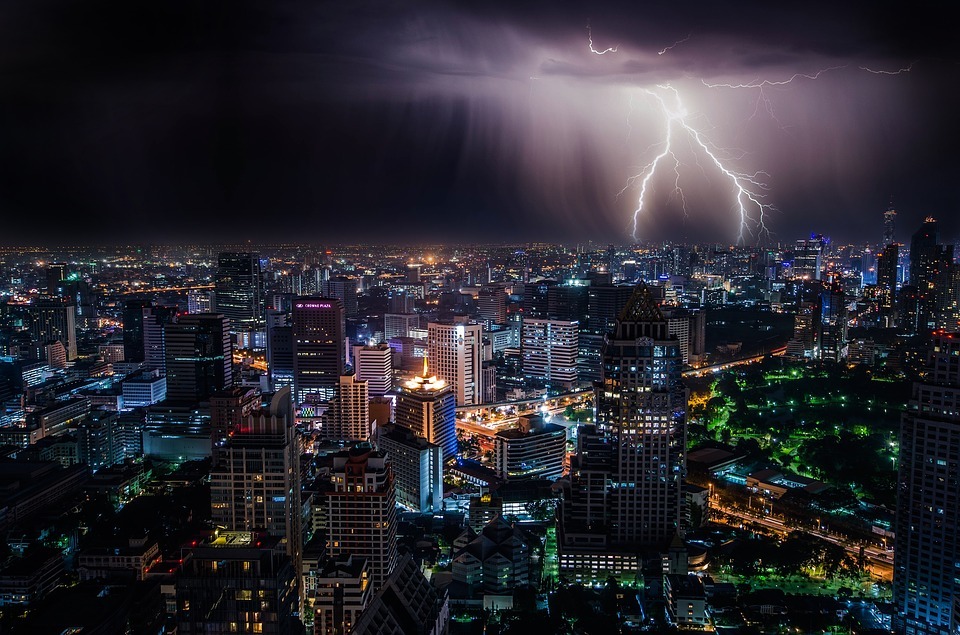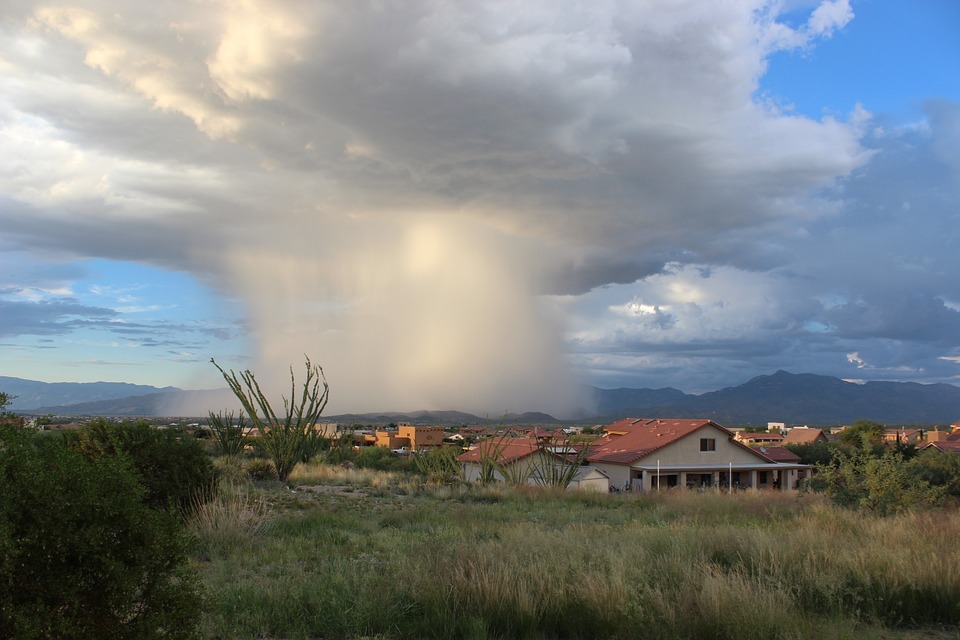What Causes Tornadoes in Unlikely Locations?
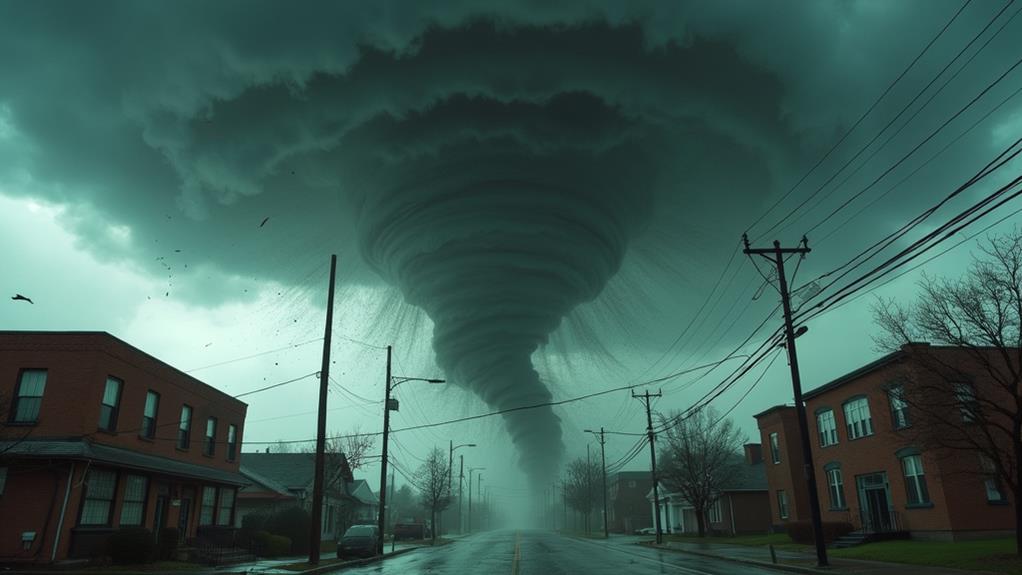
You're realizing that tornadoes can strike in unexpected locations due to a mix of unusual atmospheric conditions, like specific wind shear patterns and temperature differences between land and sea. Events like El Niño and La Niña can also alter tornado occurrences. High wind shear, rotating updrafts in supercells, and significant temperature differentials are key factors. Even regions with high moisture levels or coastal areas can see tornadoes when the right conditions align. In short, while you might assume tornadoes are exclusive to certain areas, diverse climatic triggers can bring them to atypical places. Keep going to uncover more intriguing details.
Key Takeaways
- Unusual atmospheric conditions, like specific wind shear patterns and jet stream activity, can trigger tornadoes outside traditional areas.
- Significant temperature differentials between warm, moist air and cold, dry air can lead to tornado formation in unexpected regions.
- Global climatic phenomena, such as El Niño and La Niña, can increase tornado likelihood in atypical locations.
- High moisture levels near large bodies of water or during high humidity periods can result in tornado activity in less prone areas.
- Seasonal variations and shifting climate patterns influence tornado occurrences, making them possible year-round and in uncommon regions.
Unusual Atmospheric Conditions
When unusual atmospheric conditions arise, tornadoes can strike in locations you'd least expect. Such conditions often involve specific patterns of wind shear, where varying wind speeds and directions create favorable environments for rotation within thunderstorms. You might think tornadoes are exclusive to Tornado Alley, but they can surprise you elsewhere.
Temperature differences between land and sea can improve atmospheric instability, making coastal or typically tornado-free regions vulnerable. Take Hurricane Beulah in 1967, for example, which generated 148 tornadoes. This rare event underscores how interactions between tropical storms and local weather systems can lead to severe weather, even in unexpected areas.
Improved jet stream activity can also contribute to unusual tornado occurrences. When the jet stream dips southward, it can trigger severe weather outbreaks beyond traditional tornado-prone regions. Just look at April-May 2024, when this phenomenon led to tornadoes outside of Tornado Alley.
Global climatic phenomena like El Niño and La Niña further complicate weather patterns. These shifts can increase the likelihood of tornadoes in areas that typically experience fewer such events. So, while Tornado Alley remains a hotspot, don't underestimate the power of unusual atmospheric conditions and the role they play in causing tornadoes in unlikely locations.
Influence of Wind Shear
Shifting from unusual atmospheric conditions, let's investigate the influence of wind shear on tornado formation. Wind shear, a change in wind speed and direction with altitude, is essential for creating rotation in storm systems. This rotation is a significant factor in the development of tornadic thunderstorms. You might think tornadoes only occur in tornado alley, but significant wind shear can make even atypical locations vulnerable.
Strong wind shear is often present in severe thunderstorms, particularly during spring and early summer. When wind shear is high, it improves the potential for tornado development. This is because high wind shear can lead to the formation of supercells, which are the primary storms responsible for producing violent tornadoes. These supercells benefit from the rotating updrafts that wind shear facilitates.
Interestingly, regions with high wind shear but low total storm activity can still experience tornadoes. This shows that wind shear is a significant ingredient in tornado formation, regardless of geographical area. So, even if you live outside traditionally tornado-prone regions, don't underestimate the impact of wind shear. It plays a vital role in the occurrence of severe and sometimes violent tornadoes, making it a critical factor to monitor.
Temperature Differentials
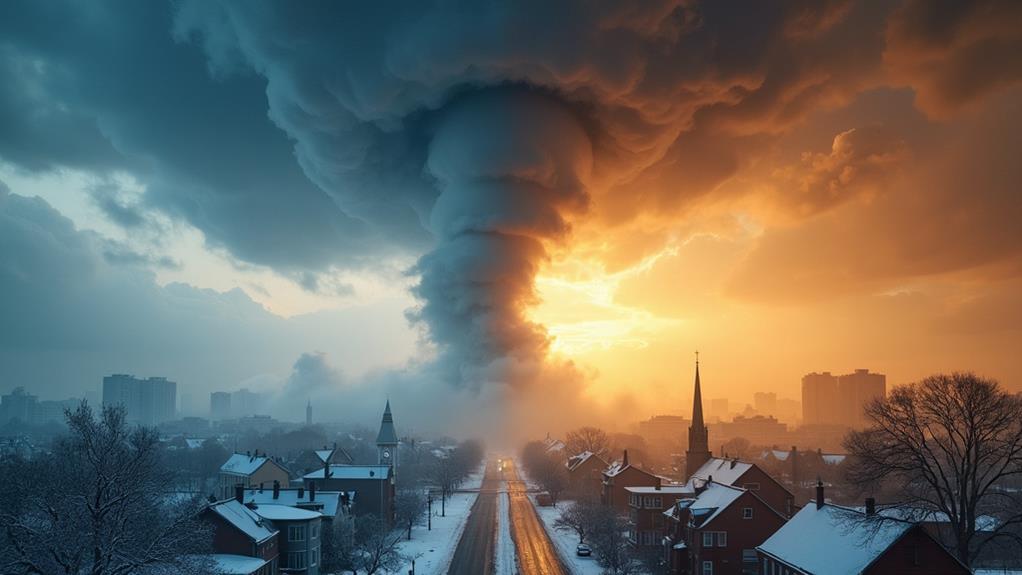
Despite common perceptions, tornadoes can indeed form in unlikely locations due to significant temperature differentials between warm, moist air and cold, dry air. When warm air from the Gulf of Mexico meets colder air from the north, it creates instability in the atmosphere, fostering conditions ripe for tornado formation. This interaction is essential even outside traditional tornado-prone areas.
In the spring, these temperature contrasts become particularly pronounced, increasing the likelihood of severe thunderstorms capable of producing tornadoes. You might think tornadoes only occur in places like Tornado Alley, but historical data shows otherwise. States with lower tornado frequencies, such as Delaware and Washington, have experienced tornadoes due to unique atmospheric conditions that create sufficient temperature contrasts.
A strong cold front can amplify these temperature differentials, further triggering supercell thunderstorms. These supercells are the powerhouse behind tornado formation, generating the intense updrafts and downdrafts necessary for tornadoes to develop. By understanding how temperature differentials between warm air and cold air contribute to tornado formation, you can better appreciate why these natural disasters can strike in seemingly unlikely locations.
Role of Moisture Levels
Understanding temperature differentials sets the stage, but moisture levels play a similarly crucial role in tornado formation. When you have warm, moist air in the atmosphere, it creates the instability needed for powerful thunderstorms. This moist air is a vital ingredient, as it improves updrafts within these storms, fostering the development of rotating columns of air that can turn into tornadoes.
You might be surprised to learn that tornadoes can occur in unlikely locations when there's enough moisture. Even outside traditional Tornado Alley, places near large bodies of water or experiencing humid conditions can see tornado activity. Unique weather patterns or tropical systems can bring sufficient moisture to these areas, setting the stage for tornado formation.
Historical data backs this up. For instance, an EF-3 tornado struck Delaware in April 2023, a place not typically known for such severe events. This highlights how unexpected moisture levels can lead to significant tornado activity. By understanding the role of moisture, you can better grasp why tornadoes sometimes appear in places you wouldn't expect. The presence of moist air is a key factor in predicting and understanding these surprising occurrences.
Seasonal Variations
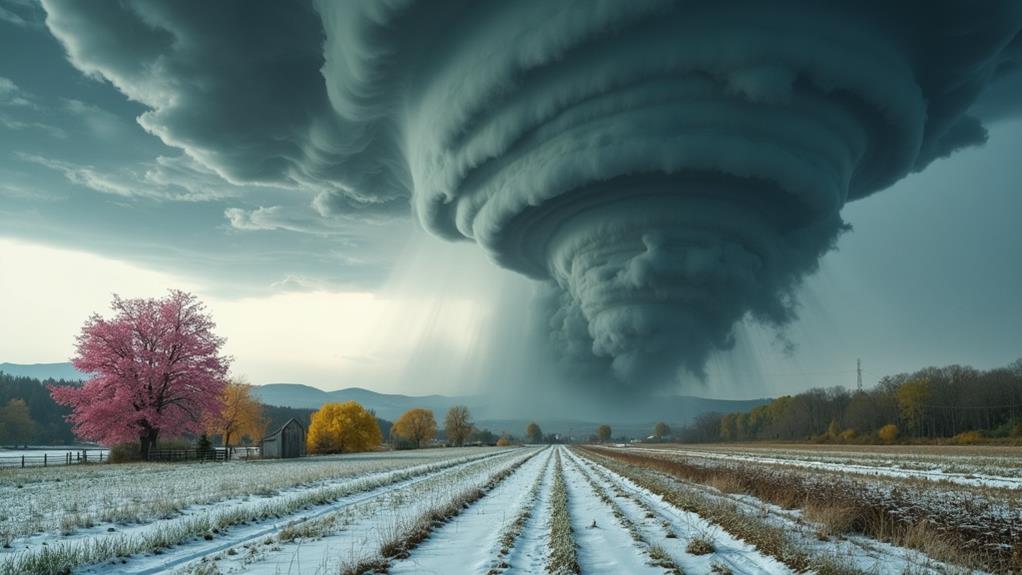
During different seasons, tornado activity can vary considerably, often catching people off guard. You probably associate tornadoes with spring and early summer when atmospheric conditions favor severe thunderstorms. However, tornadoes can actually occur year-round, driven by seasonal variations that affect weather patterns. For instance, the unexpected EF-1 tornado in March 2023 near Los Angeles, CA, highlighted how tornadoes can strike in atypical places and times of the year.
Seasonal variations can make tornado activity unpredictable. Tornado occurrences often increase when cold fronts push through warm, moist air, a scenario that's not limited to traditional tornado months. This means you should always stay alert to tornado warnings, even in seasons you might not expect them. Historical data shows that unusual weather patterns can lead to tornadoes in non-traditional areas, emphasizing the need for constant preparedness.
El Niño and La Niña events also play a role in influencing seasonal weather patterns. These events can alter wind shear and atmospheric instability, affecting tornado frequency and location. By understanding these seasonal variations, you can better appreciate why tornadoes might appear in unlikely locations and at unexpected times, reinforcing the importance of heeding tornado warnings all year round.
Climate Pattern Impacts
How do climate patterns like El Niño and La Niña influence tornado activity in regions not typically associated with these severe weather events? These climate patterns greatly impact tornado season, sometimes leading to increased tornado occurrences in unexpected areas. For instance, the shift from El Niño to La Niña has historically resulted in more frequent tornadoes in the central U.S., particularly during the spring months.
Changes in the jet stream, often associated with varying climate patterns, can improve the development of severe weather systems conducive to tornado formation in unlikely locations. You might notice that long-term climate shifts are causing a decrease in tornadoes in traditional "Tornado Alley" while increasing their frequency in areas like the Mississippi River Valley. This alteration means regions less prepared for tornadoes may experience more severe weather.
Additionally, rising global temperatures are altering atmospheric conditions, leading to more tornado activity during cooler months, especially in regions that historically experience fewer tornadoes. Understanding these climate patterns helps you anticipate and prepare for tornado season in places you wouldn't typically expect, emphasizing the importance of monitoring and adjusting to our ever-changing climate.
Case Studies of Rare Tornadoes
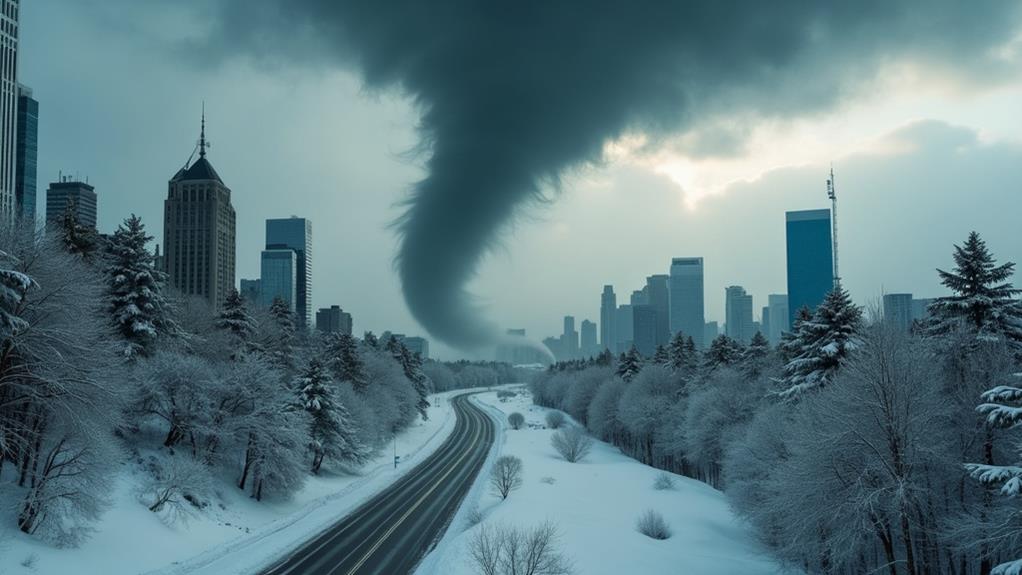
Examining specific instances of tornadoes in unlikely locations further illustrates the unpredictable nature of these severe weather events. In December 2018, Port Orchard, WA, was caught off guard by an EF-2 tornado, highlighting that tornadoes can strike well beyond Tornado Alley. The National Weather Service confirmed winds exceeding 130 mph caused significant damage, challenging assumptions about tornado-prone areas.
In April 2023, an EF-3 tornado hit Delaware, resulting in one fatality. This tragedy underscores that even the least tornado-prone states aren't immune. The EF Scale, which classifies tornadoes based on damage, helps us understand the severity of these events.
Consider these points:
- Tornadoes can occur in non-traditional seasons and hours, such as Wilkes-Barre, PA's EF-2 tornado in June 2018.
- Urban areas are not exempt; an EF-1 tornado struck downtown Los Angeles in March 2023.
- Historical data reveals tornado occurrences in unlikely global locations like Canada and parts of Europe.
- The National Weather Service plays a significant role in documenting and analyzing these rare events.
- Tornadoes in unexpected places challenge our preparedness and understanding of severe weather patterns.
These case studies illustrate that tornadoes are a global and unpredictable phenomenon.
Preparing for Unexpected Tornadoes
Tornadoes can strike without warning, making preparation critical for safety. To improve your preparedness, start by developing a thorough severe weather plan. Identify designated shelter areas in your home or workplace and establish clear emergency communication protocols. Regular tornado drills and training sessions will help you and your family or colleagues respond quickly in an actual event.
Staying informed is important. Invest in a NOAA Weather Radio to receive timely updates on tornado watches and warnings. Mobile alerts are another useful tool for instant notifications. Both can give you the significant minutes needed to seek shelter and secure your safety.
An emergency kit is fundamental for surviving unexpected tornadoes. Stock it with water, non-perishable food, flashlights, batteries, and a primary aid kit. Include key documents and medications as well. Place your emergency kit in an easily accessible location, preferably in your designated shelter area.
Recent incidents like the EF-1 tornado in Los Angeles in March 2023 emphasize that tornadoes can occur in unexpected locations due to shifts in weather patterns. Being prepared isn't just a precaution; it's a requirement. Take these steps seriously to safeguard yourself and your loved ones.
Frequently Asked Questions
Why Do Some Areas Get Tornadoes and Others Don't?
You might wonder why some areas get tornadoes and others don't. The key lies in tornado frequency factors, geographical influences, and atmospheric conditions. Regions with significant wind shear and instability, typically found in Tornado Alley, are more prone to tornadoes. However, certain geographical features like mountains can disrupt these conditions. High humidity and broader climate patterns, such as El Niño and La Niña, can also influence tornado occurrences in unexpected places.
Where Is a Tornado Least Likely to Occur?
You might find it surprising that Alaska and Hawaii experience very few tornadoes due to unique tornado frequency patterns. Geographical anomalies and climate factors play key roles. Alaska's cold climate and Hawaii's tropical environment aren't conducive to tornado formation. Coastal areas, despite facing hurricanes, rarely see tornadoes. Generally, mountainous regions also have low tornado activity because they lack the necessary atmospheric conditions. So, these places are where a tornado is least likely to occur.
What Makes a Place Prone to Tornadoes?
You're wondering what makes a place prone to tornadoes? It's all about the right atmospheric conditions and geographical features. Tornado formation needs warm, moist air at the surface and cooler, dry air above. Wind shear also plays a vital role. Areas near water bodies can increase atmospheric instability, making tornadoes more likely. Even places outside Tornado Alley can see tornadoes if severe weather patterns align perfectly.
Why Don't Tornadoes Hit Downtown Areas?
Why don't you see tornadoes hitting downtown areas often? It's mainly due to tornado patterns and urban geography. Cities cover smaller areas compared to vast rural landscapes, making direct hits statistically less likely. However, you shouldn't ignore the risk assessment; tornadoes can still strike urban zones, as seen with the EF-1 tornado in Los Angeles in 2023. Staying prepared is essential despite the lower frequency in cities.

